Sulfate Reducing Bacteria Water Treatment
Sulfate reducing bacteria water treatment. In addition to its oxidizing effect chlorine kills iron and manganese bacteria sulfur- and sulfate-reducing bacteria and other harmful bacteria. This bacteria contains an enzyme hydrogenase that enables it to use elemental hydrogen generated at the cathodic site to reduce sulfate to hydrogen sulfide. Additionally sulphite concentrations above 500 mgL start to be inhibitive to sulphate-reducing bacteria.
7he 1dea 15 t0 5t1mu1ate. The activity of sulfate reducing bacteria SRB in domestic wastewater treatment plants WWTP is often considered as a problem due to H2S formation and potential related odour and corrosion of materials. The best option also depends on how much treated water is needed or desired.
Iron and manganese bacteria can. Biopenetrant such as Chardon Filmex 100 can be used to penetrate corrosion nodules and mud deposits to deliver oxygen-rich water and biocides directly to the bacterial colonies. Other organisms can create conditions facilitating anaerobic growth or as with some aerobic bacteria may provide simple organic acids that will promote the growth of sulfate-reducing bacteria.
Sulfates are available in most waters due to outside contamination. SRBs obtain their energy from the anaerobic reduction of sulfates. The result showed that the CODsulfate ratio and hydraulic retention time HRT were two important parameters in a SWTS.
Several methods of removing sulfate from water are available. This study aimed to design a sulfate-reducing bacteria SRB-based wastewater treatment system SWTS integrated with a sulfide fuel cell SFC as an alternative to the energy-intensive aerobic wastewater treatment process. Your water treatment professional can help ensure adequate contact time in your system.
Results from a bench scale experiment. When sulfate-reducing bacteria are present in a system the anode of a galvanic cell is formed. However when controlled well these bacteria can be effectively used in a positive manner for the treatment of wastewater.
Water heaters that see high sulfate levels can also produce hydrogen sulfide over time as the magnesium anode rod reacts with sulfates in the water producing hydrogen sulfide gas as a. Therefore these sulfidogenic microorganisms breathe sulfate rather than molecular oxygen which is the terminal electron.
The activity of sulfate reducing bacteria SRB in domestic wastewater treatment plants WWTP is often considered as a problem due to H2S formation and potential related odour and corrosion of materials.
A m1ne water treatment c0ncept wh1ch ha5 rece1ved 11tt1e attent10n 50 far 15 1n 51tu treatment 1n waterf111ed under9r0und w0rk1n95 and 0pen p1t5 6y the u5e 0f 5R8. In AMD treatment processes this chemically stabilizes the. Subsequently the sulphide is used to. Several methods of removing sulfate from water are available. Biopenetrant such as Chardon Filmex 100 can be used to penetrate corrosion nodules and mud deposits to deliver oxygen-rich water and biocides directly to the bacterial colonies. Sulphate-reducing bacteria SRB can be used to biologically treat sulphate-rich wastewater. Iron and manganese bacteria can. SRBs obtain their energy from the anaerobic reduction of sulfates. Therefore these sulfidogenic microorganisms breathe sulfate rather than molecular oxygen which is the terminal electron.
This bacteria contains an enzyme hydrogenase that enables it to use elemental hydrogen generated at the cathodic site to reduce sulfate to hydrogen sulfide. The treatment selected depends on many factors including the concentration of sulfate in the water the amount of iron and manganese in the water and if bacterial contami-nation must also be treated. In AMD treatment processes this chemically stabilizes the. Other organisms can create conditions facilitating anaerobic growth or as with some aerobic bacteria may provide simple organic acids that will promote the growth of sulfate-reducing bacteria. After the elimination of the bio-film Chardon will recommend an effective oxidizing or non-oxidizing biocide program to prevent MIC by preventing protective biofilms from developing. Additionally sulphite concentrations above 500 mgL start to be inhibitive to sulphate-reducing bacteria. Iron and manganese bacteria can.



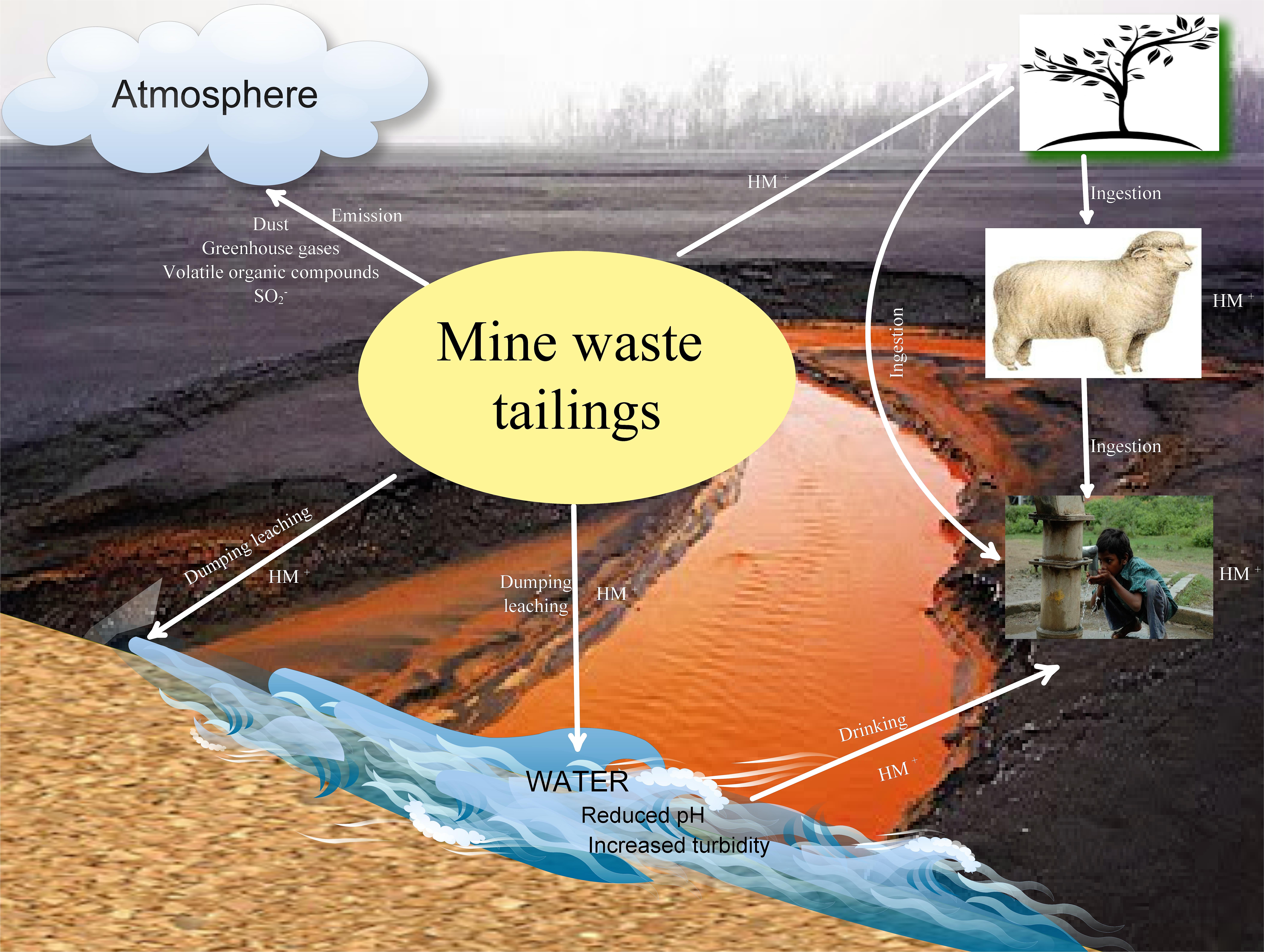

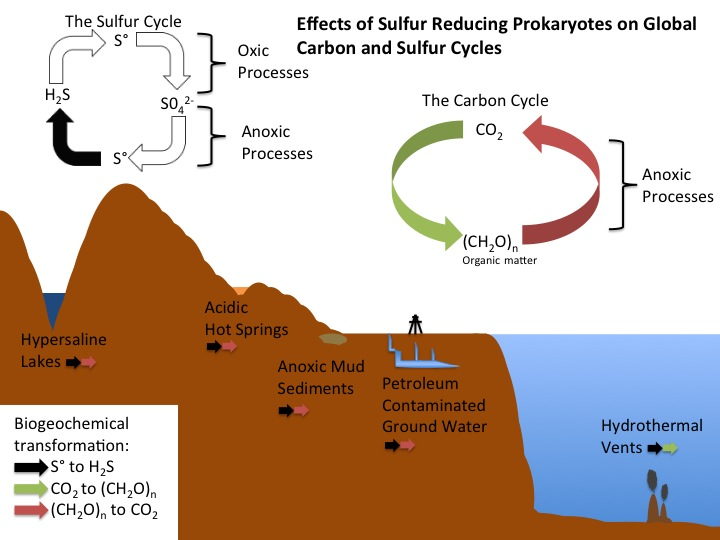


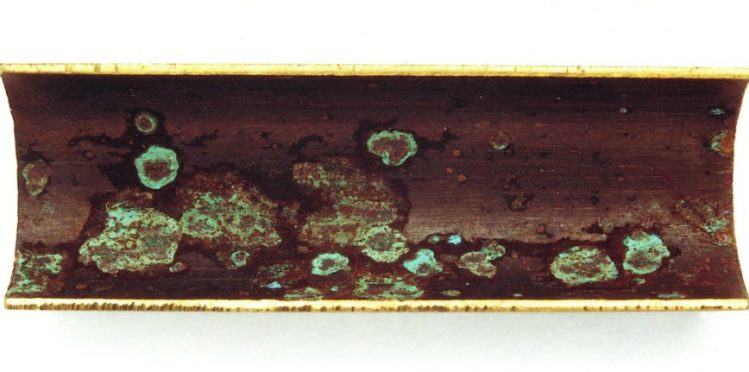






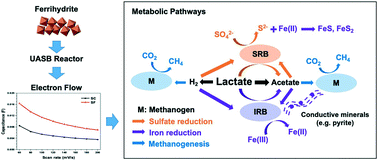


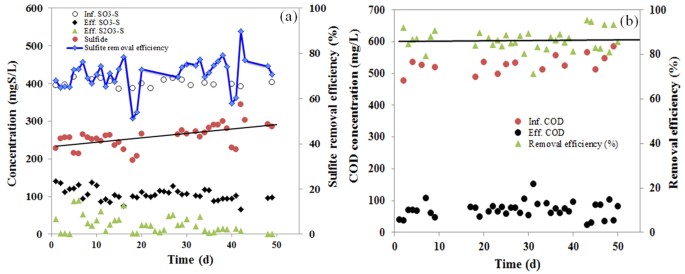



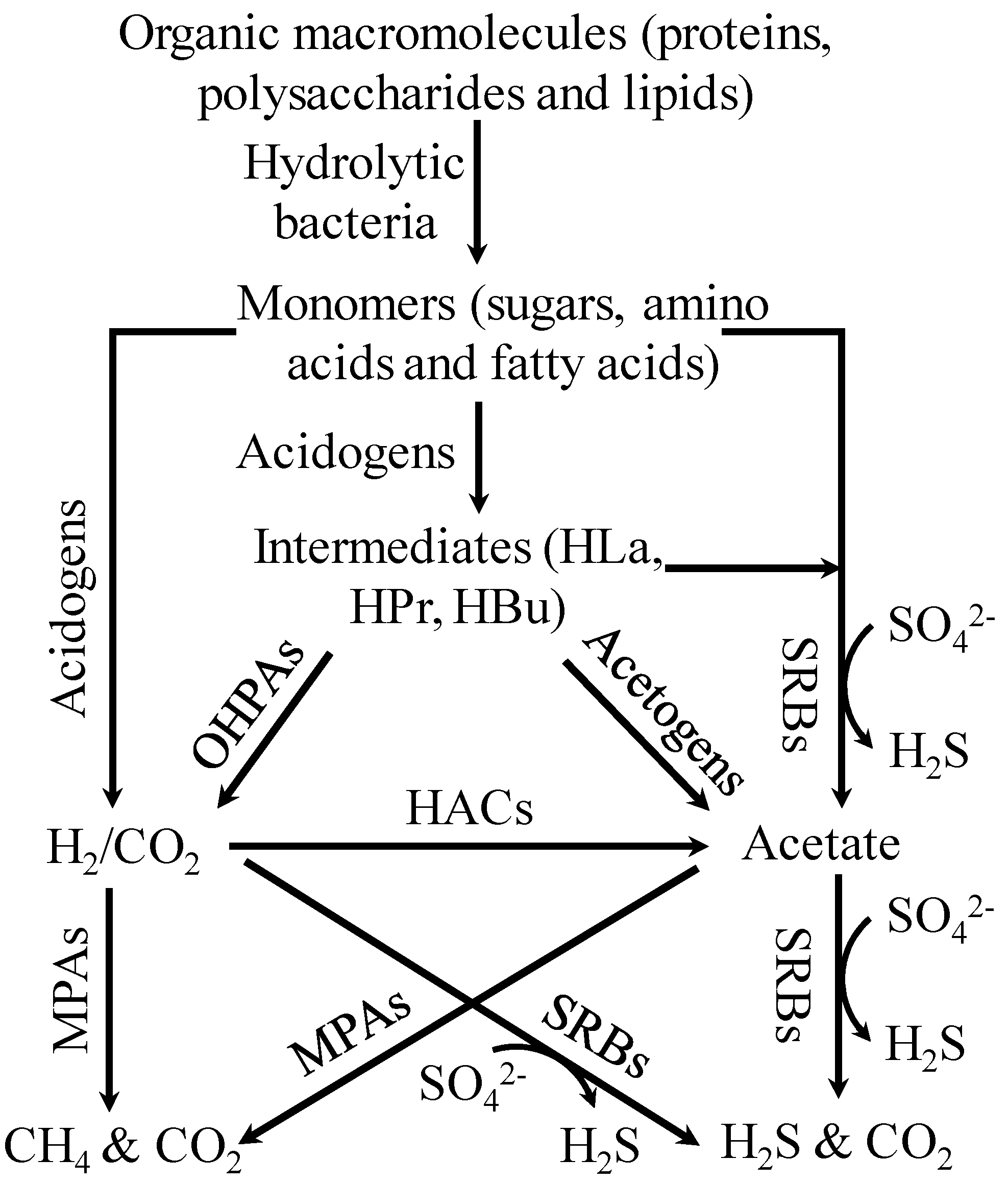


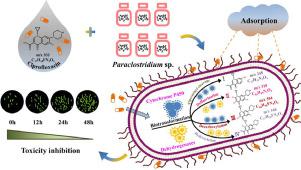
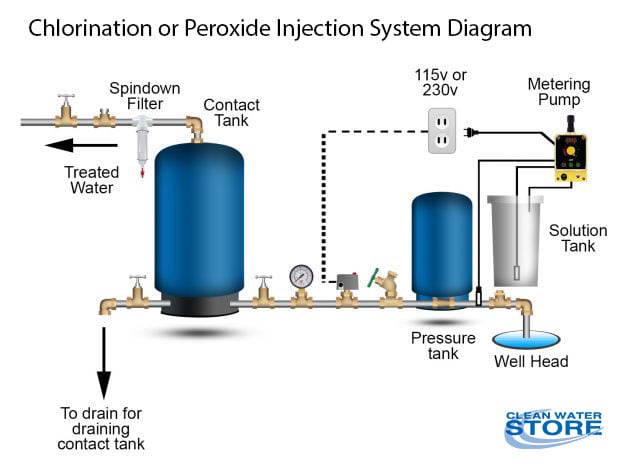

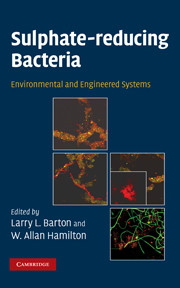


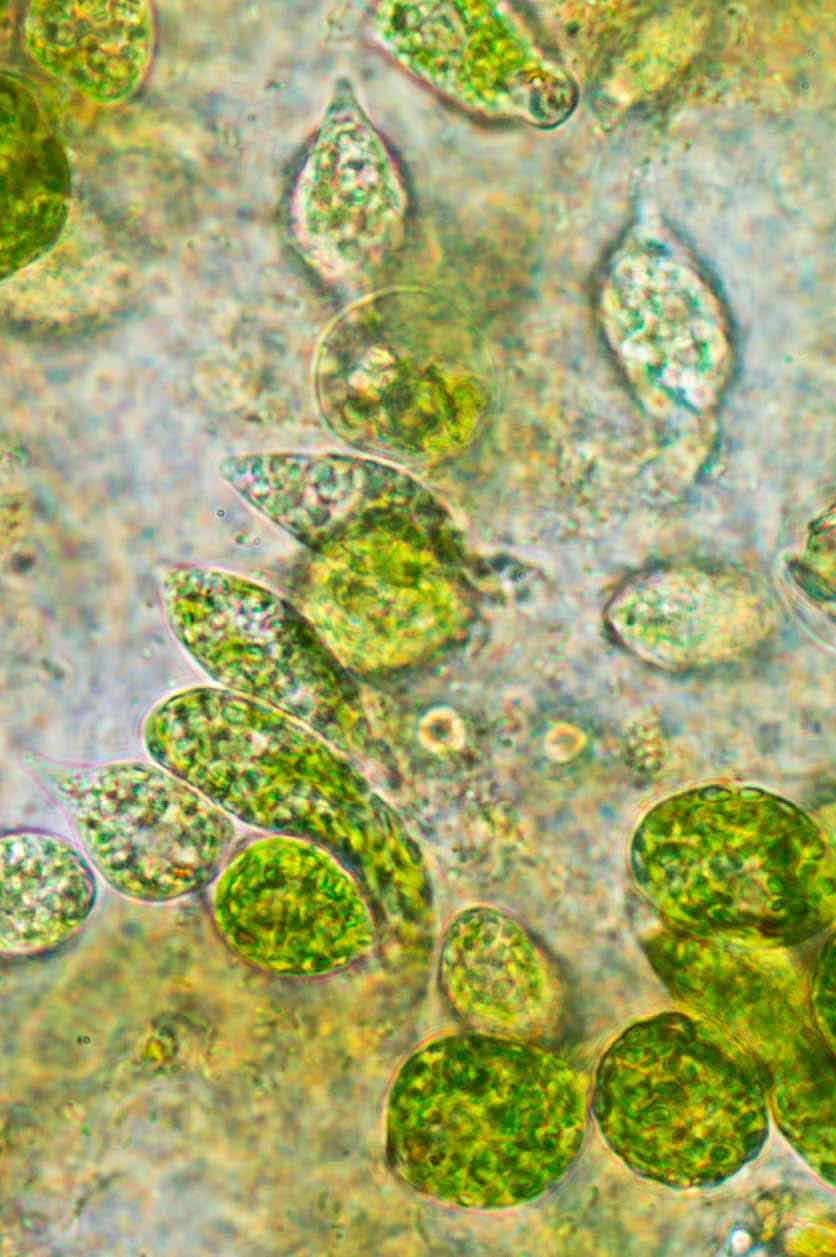
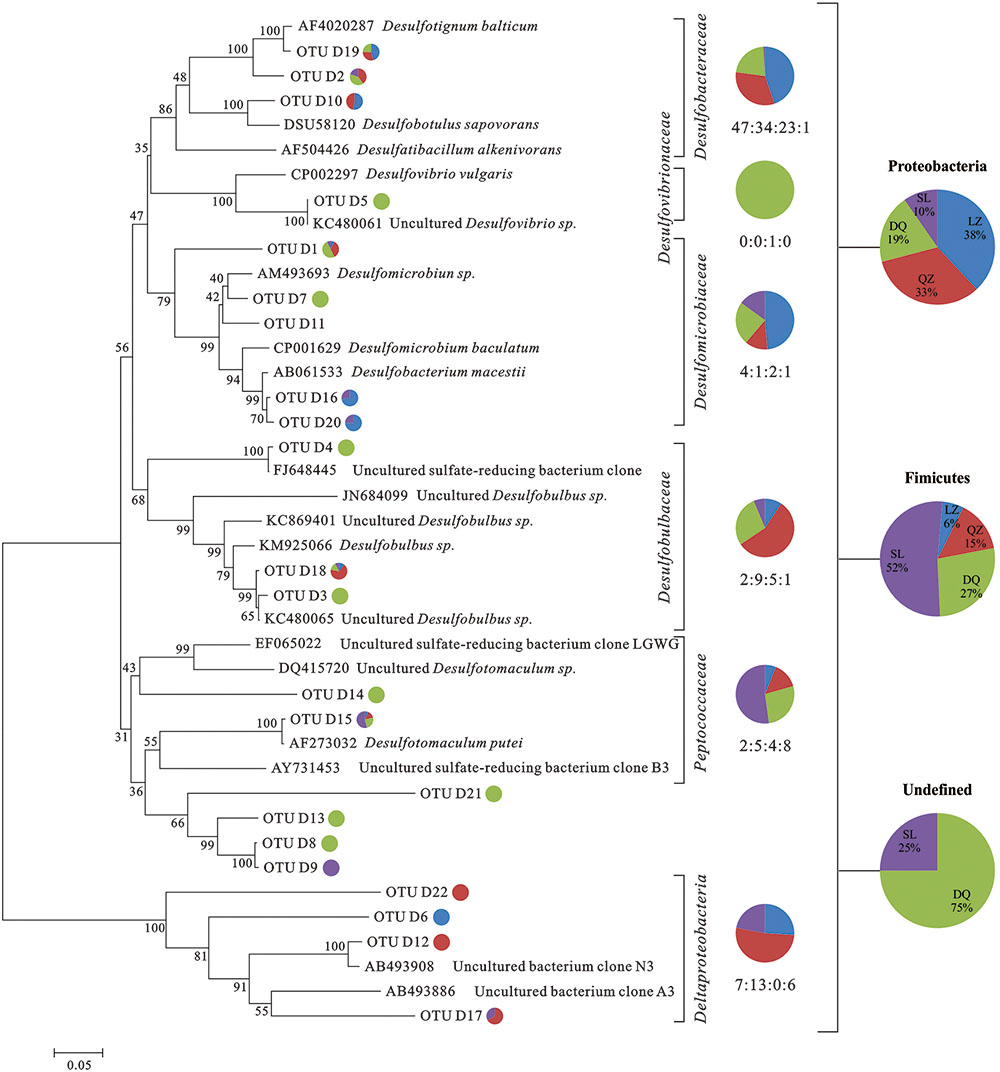





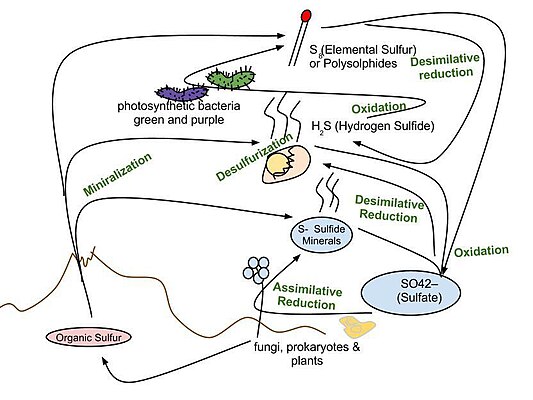

Posting Komentar untuk "Sulfate Reducing Bacteria Water Treatment"